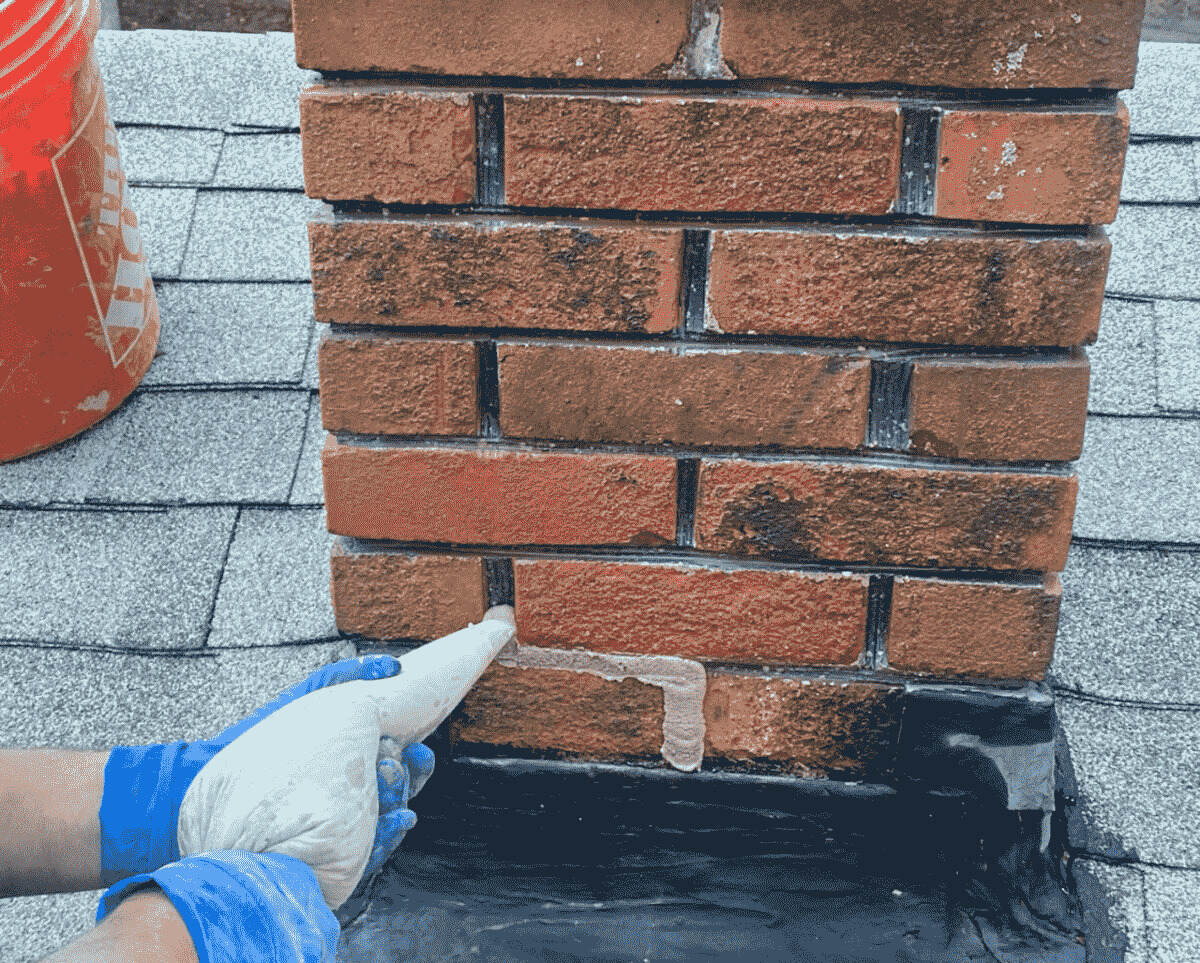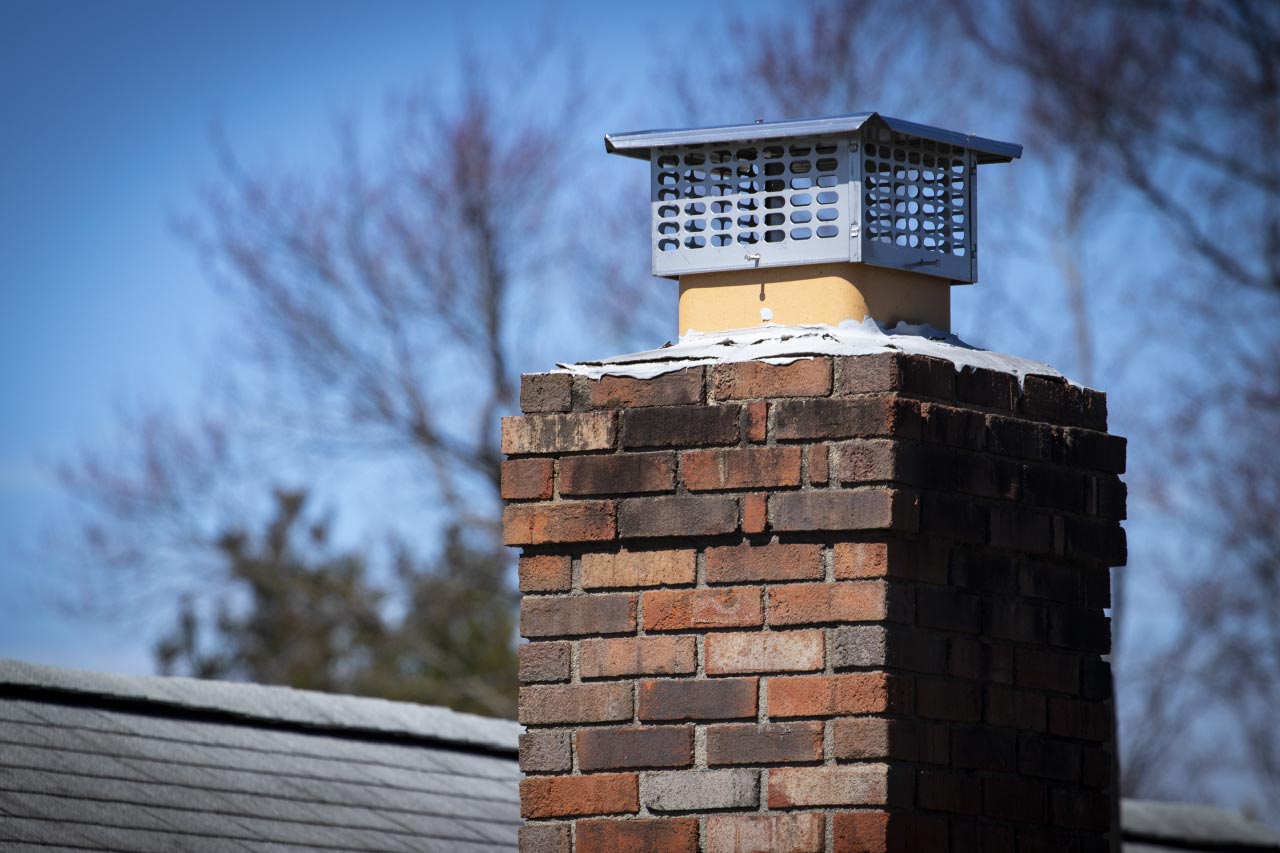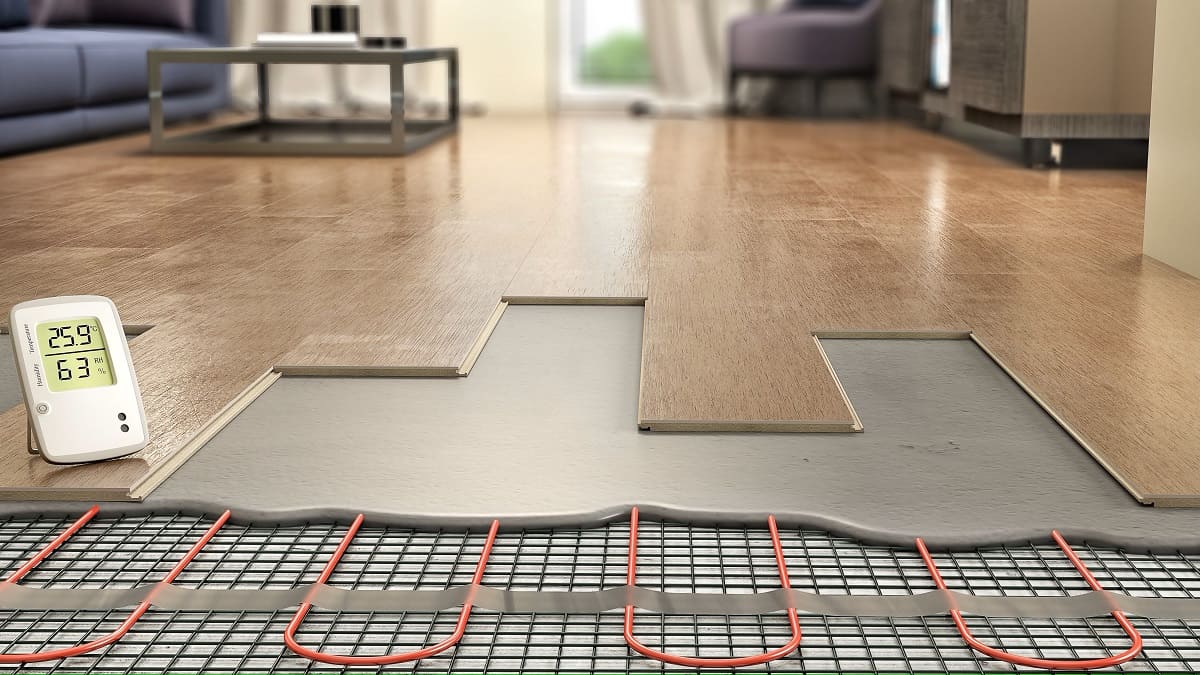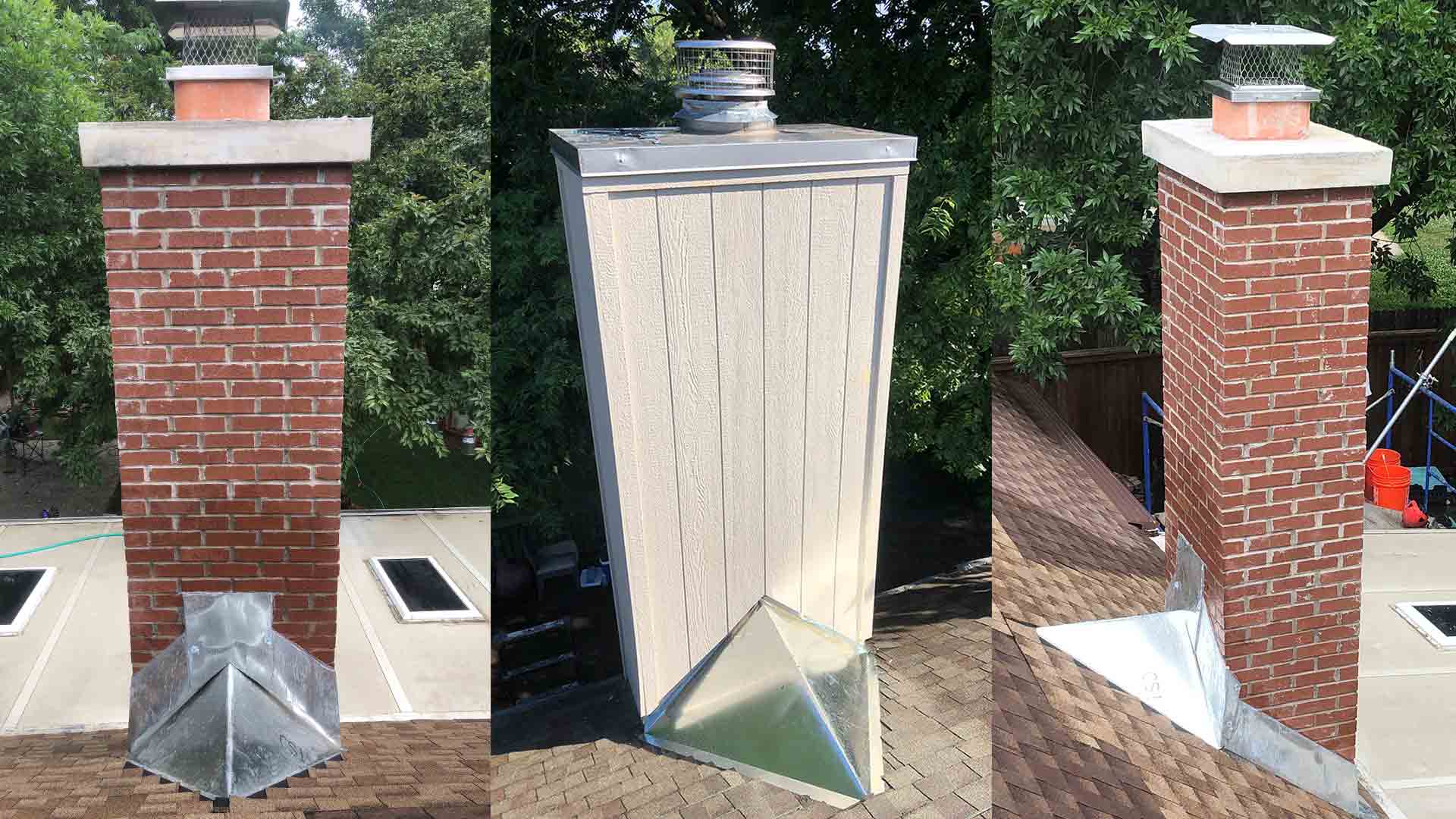Home>Home Maintenance>How Much Does Tire Rod Repair Cost
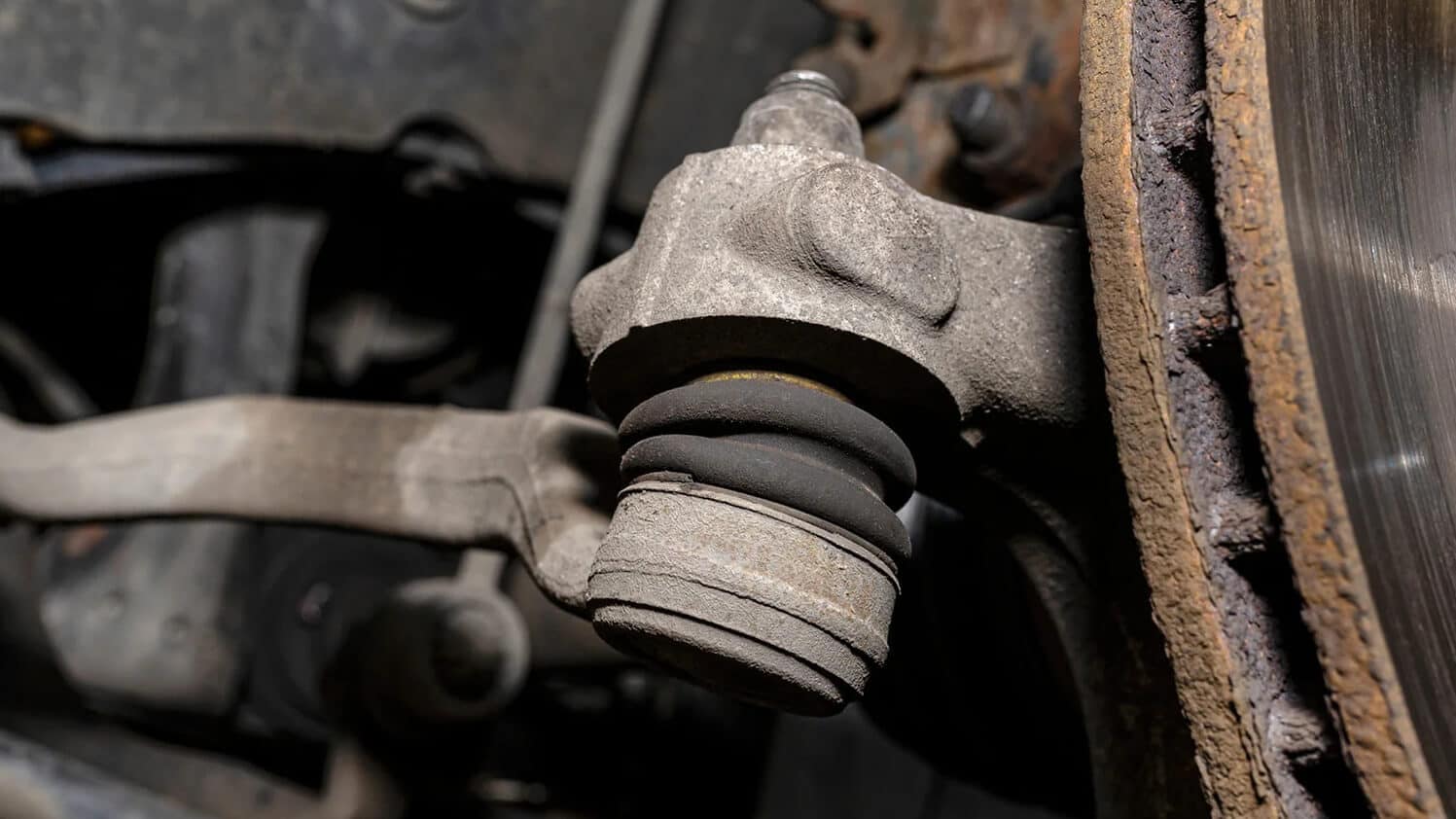

Home Maintenance
How Much Does Tire Rod Repair Cost
Modified: March 6, 2024
Find out the average cost of tire rod repair and get tips on home maintenance to keep your vehicle in top shape.
(Many of the links in this article redirect to a specific reviewed product. Your purchase of these products through affiliate links helps to generate commission for Storables.com, at no extra cost. Learn more)
Introduction
Welcome to our comprehensive guide on tire rod repair costs. Keeping your vehicle in top-notch condition is essential for safe and smooth driving. One crucial component that plays a significant role in your vehicle’s steering precision is the tire rod. Over time, tire rods can become worn or damaged, requiring repair or replacement.
In this article, we will explore the world of tire rod repair, including what a tire rod is, common signs of tire rod damage, factors that impact repair costs, average repair costs, whether you should opt for DIY or professional repair, and tips for saving money on tire rod repairs.
By understanding these key aspects, you’ll be well-equipped to make informed decisions about maintaining your vehicle’s tire rods, ensuring optimal performance and safety on the road.
Key Takeaways:
- Ignoring signs of damaged tire rods can lead to unsafe driving. Look out for uneven tire wear, pulling or drifting, steering wheel vibration, loose steering, and clunking noises to catch issues early.
- When it comes to tire rod repair, consider factors like vehicle make and model, severity of damage, and service provider choice. Comparing quotes, exploring used parts, and regular maintenance can help save money.
Read more: How Much Does Flat Tire Repair Cost
What is a Tire Rod?
Before we delve into the details of tire rod repair costs, let’s first understand what a tire rod is and its role in your vehicle’s steering system.
A tire rod, also known as a tie rod, is a critical component of the steering mechanism in your vehicle. It is a metal rod that connects the steering gearbox or rack and pinion to the steering knuckle. The primary function of the tire rod is to transmit the steering input from the driver to the wheels of the vehicle, allowing for smooth and controlled steering.
Tire rods come in various designs, depending on the type of vehicle and its steering system. The two most common types are inner tire rods and outer tire rods. The inner tire rods connect to the steering gearbox or rack and pinion, while the outer tire rods connect to the steering knuckle, which holds the wheel assembly in place.
Overall, the tire rod serves as a vital link between the steering system and the wheels, enabling the driver to have precise control over the vehicle’s direction.
Now that you have a basic understanding of what a tire rod is, let’s move on to the next section, where we will explore the signs of a damaged tire rod.
Signs of a Damaged Tire Rod
Recognizing the signs of a damaged tire rod is crucial in identifying when repairs are necessary. Ignoring a damaged tire rod can lead to potential steering issues and compromise the safety of your vehicle. Here are some common signs to look out for:
- Uneven tire wear: If you notice uneven wear on your tires, it could be a sign of a tire rod problem. A damaged tire rod can cause the wheels to be misaligned, resulting in uneven tire wear.
- Pulling or drifting: A faulty tire rod can make your vehicle pull to one side or drift while driving. When the tire rod is damaged, it affects the vehicle’s steering alignment, causing it to veer off course.
- Steering wheel vibration: If you feel a vibration in the steering wheel while driving, it could be an indication of a tire rod issue. A damaged tire rod can cause an imbalance in the steering mechanism, leading to steering wheel vibrations.
- Loose or unstable steering: If you experience loose or unstable steering, where the steering wheel feels less responsive or has excessive play, it could be a sign of a worn or damaged tire rod.
- Clunking or knocking noises: A damaged tire rod can produce clunking or knocking noises when you turn the steering wheel. These noises indicate that the tire rod is worn or has loose connections.
If you notice any of these signs, it is important to have your vehicle inspected by a qualified mechanic. They can accurately diagnose the issue and determine if a tire rod repair or replacement is needed.
Next, let’s explore the various factors that can affect the cost of tire rod repairs.
Factors Affecting Repair Cost
When it comes to tire rod repair costs, several factors can influence the overall expense. Understanding these factors can help you estimate the potential cost and prepare accordingly. Here are the main factors that can affect the repair cost of a tire rod:
- Vehicle Make and Model: The make and model of your vehicle can impact the cost of tire rod repairs. Different vehicle manufacturers may have different pricing for their parts and labor.
- Type of Tire Rod: The type of tire rod in your vehicle can also affect the repair cost. Some vehicles may have more complex or specialized tire rod designs, which may require more expensive parts or specific expertise during the repair process.
- Severity of Damage: The severity of the tire rod damage plays a significant role in repair costs. Minor issues, such as worn-out tie rod ends, may only require replacing the ends. However, if the tire rod itself is bent or damaged, a complete replacement may be necessary, leading to higher costs.
- Additional Repairs: Sometimes, tire rod damage may be related to or cause other steering or suspension issues. If additional repairs or replacements are needed, such as realignment or replacing other components, it can increase the overall repair cost.
- Location: The geographical location can impact the cost as well. Labor rates can vary from one area to another, affecting the overall expense of the repair.
- Service Provider: The choice between a dealership, independent mechanic, or specialty shop can also influence the repair cost. Dealerships may charge higher rates for parts and labor, while independent mechanics or specialty shops may offer more competitive pricing.
It’s important to keep in mind that these factors can vary significantly, so it’s best to consult with a trusted mechanic or repair shop for an accurate estimate based on your specific situation.
Now that you have an idea of the factors affecting repair costs, let’s move on to discussing the average cost of tire rod repairs.
When it comes to tire rod repair costs, it’s important to get multiple quotes from different auto repair shops to ensure you’re getting a fair price. Additionally, consider the reputation and experience of the shop before making a decision.
Average Cost of Tire Rod Repair
The cost of tire rod repair can vary depending on the factors mentioned earlier, such as the vehicle make and model, the type of tire rod, and the severity of the damage. Generally, the cost of tire rod repair falls within a wide range, with various components contributing to the final expense.
On average, the cost of replacing a single tire rod end (inner or outer) can range from $100 to $300. This cost typically includes the cost of the part itself and the labor involved in the repair process. However, if the entire tire rod needs to be replaced, the cost can be higher, ranging from $200 to $500 or more.
Keep in mind that these figures are estimates and can vary depending on the make and model of your vehicle, the complexity of the repair, and the labor rates in your area. Specialty vehicles or luxury cars may have higher repair costs compared to standard models.
It’s important to note that these costs may not include additional repairs or services, such as wheel alignment or replacing other related components. If additional work is required, it can further increase the overall cost of tire rod repair.
Remember, these are average costs, and it’s always best to consult with a qualified mechanic or repair shop to get an accurate estimate based on your specific vehicle and situation. They can assess the damage and provide you with a more precise cost breakdown.
Next, let’s discuss whether you should opt for DIY repairs or seek professional help.
Read more: How Much Does It Cost To Replace A Chimney
DIY vs Professional Repair
When it comes to tire rod repair, you may find yourself contemplating whether to tackle the job yourself or seek the help of a professional mechanic. While DIY repairs can save you money on labor costs, it’s important to consider the complexity of the task and your own mechanical skills and experience.
Tire rod repairs involve working with steering and suspension components, which are critical for the safe operation of your vehicle. If you are not confident in your ability to perform the repair correctly, it’s generally recommended to leave it to the professionals. They have the necessary expertise, tools, and knowledge to ensure the repair is done accurately and safely.
Professional repair shops can also provide additional benefits, such as warranty coverage on parts and labor. This provides you with peace of mind, knowing that if any issues arise after the repair, you can return to the shop for a resolution without incurring additional costs.
That being said, if you have experience working on vehicles and feel confident in your skills, you may consider tackling a tire rod repair as a DIY project. However, be sure to conduct thorough research, consult reliable sources, and follow proper safety procedures. It’s important to have the necessary tools and equipment to complete the repair effectively.
Remember, improper installation or repair of the tire rod can lead to severe steering issues and compromise your safety on the road. If you are unsure or uncomfortable with the repair process, it’s best to seek professional help.
Next, let’s explore some tips for saving money on tire rod repair.
Tips for Saving Money on Tire Rod Repair
Tire rod repairs can often be an unexpected expense, but there are several ways you can save money on the repair process. Consider these tips to help reduce the cost of tire rod repair:
- Compare Multiple Quotes: Before committing to a specific repair shop, obtain quotes from several different mechanics or shops. This allows you to compare prices and find the most reasonable option.
- Consider Independent Mechanics: Independent mechanics or specialty shops often offer competitive pricing compared to dealerships. They may have lower labor rates and can source aftermarket parts that are more affordable while maintaining quality.
- Explore Used or Salvage Parts: If the tire rod requires replacement, consider using used or salvage parts if they are in good condition. These parts can often be significantly cheaper than brand new ones, reducing your overall repair cost.
- Ask About Warranty: When getting your tire rod repaired, inquire about any warranty coverage provided by the repair shop. A warranty can save you money down the line if any issues arise with the repair or the replaced parts.
- Regular Maintenance: Routinely maintaining your vehicle’s steering and suspension systems can help prevent major tire rod damage. Regular inspections and necessary adjustments can catch potential problems early, saving you from costly repairs in the future.
- Do Your Own Research: If you decide to proceed with a DIY repair, conduct thorough research to ensure you understand the process and have the necessary tools. Follow reliable sources, such as manufacturer instructions or reputable online forums, to ensure a successful and safe repair.
Remember, cost shouldn’t be the sole determining factor when it comes to tire rod repair. The quality of the repair, expertise of the mechanic, and safety of the repair should also be taken into consideration.
By implementing these money-saving tips, you can help reduce the financial burden of tire rod repair and ensure that your vehicle’s steering system is in optimal condition without breaking the bank.
Now, let’s wrap up this comprehensive guide on tire rod repair costs.
Conclusion
Proper maintenance of your vehicle’s tire rods is crucial for safe and efficient steering. Understanding the signs of a damaged tire rod, the factors that can affect repair costs, and the average cost of tire rod repairs can help you make informed decisions when it comes to maintaining your vehicle.
While DIY repairs may seem tempting to save money, it’s important to assess your mechanical skills and experience. Considering the complexity of the task and the critical role of the tire rod, it’s generally recommended to seek professional help to ensure the repair is done correctly.
However, if you do choose to perform a DIY repair, be sure to conduct thorough research, follow proper safety procedures, and have the necessary tools and equipment. Safety should always be the top priority when working on your vehicle.
When it comes to saving money on tire rod repairs, comparing multiple quotes, considering independent mechanics, exploring used parts, and asking about warranty coverage are effective strategies. Additionally, regular maintenance and proactive inspections can help identify and address tire rod issues before they escalate, saving you from more costly repairs in the future.
Remember, the cost of tire rod repair can vary significantly depending on factors such as the vehicle make and model, the severity of the damage, and the location. To get an accurate estimate, consult with a trusted mechanic or repair shop.
By prioritizing the maintenance and repair of your vehicle’s tire rods, you can ensure optimal steering performance, enhance safety on the road, and enjoy a smooth and enjoyable driving experience.
Thank you for reading our comprehensive guide on tire rod repair costs. We hope that the information provided has been helpful in understanding the importance of tire rod maintenance and giving you the knowledge to make informed decisions regarding your vehicle’s steering system.
Frequently Asked Questions about How Much Does Tire Rod Repair Cost
Was this page helpful?
At Storables.com, we guarantee accurate and reliable information. Our content, validated by Expert Board Contributors, is crafted following stringent Editorial Policies. We're committed to providing you with well-researched, expert-backed insights for all your informational needs.


